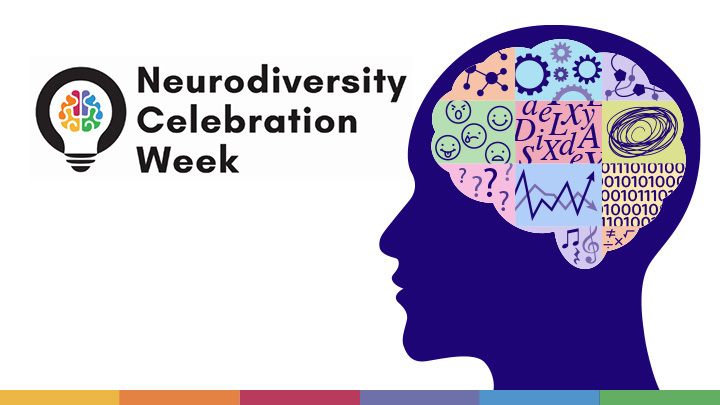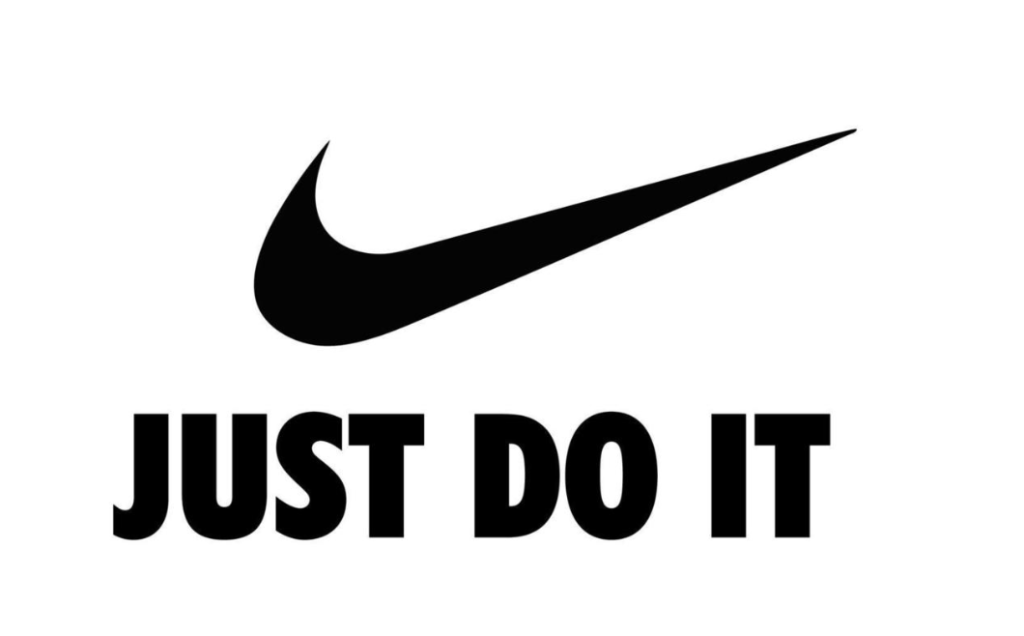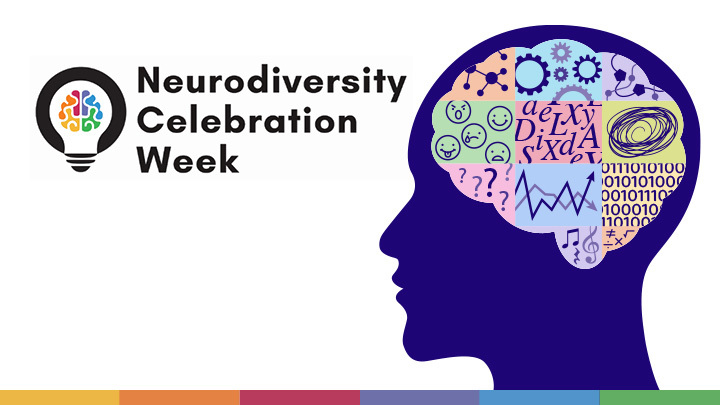How to Approach Neurodiversity as Marketers
It is estimated that around one in seven people are neurodivergent in some form, whether this be ADHD, autism, dyslexia, dyspraxia, or anything in between. That is around 15% of people in the UK which could include your friends, colleagues, and the people you are marketing to.
No matter what you are selling or marketing, somebody in your audience is going to be neurodivergent.
I recently watched a webinar from Ellie Middleton on The Marketing Meetup which provided seven actionable tips for making your marketing more inclusive.

1. Cut the fluff!
One thing I have been telling myself since listening to Ellie talk is: cut the fluff! As a neurodivergent person, I find that it’s very easy to go off on a tangent and write a huge unnecessary chunk of text, even though I know I would find it hard to read if someone else had written it!
Clear and concise is the best way to write for people who have autism, dyslexia or ADHD.
Try to avoid any unnecessary frilly language, long blocks of text or industry-related jargon.
The best way I have found to avoid this is to ask myself if each word needs to be there. Does it make sense without it? If it isn’t necessary, cut it out.
Break text into bite-sized chunks, and use line breaks – it will make your copy more accessible.
2. Watch your mouth
When writing content, we often use words without considering the impact that they might have. Using ableist language is something we are all guilty of and can actively work at doing better.
For example, a phrase which could be intended to be innocent, like ‘turning a blind eye’, could cause harm to the wrong person.
Words such as ‘crazy, mental or mad’ can leave a sour taste in people’s mouths if they have heard these being said with negative connotations in the past. We can substitute these words with less offensive terms such as ‘wild’ or ‘funky’.
Where possible, make your language gender-inclusive. Instead of saying ‘ladies and gentlemen’ or ‘guys’ we can say ‘friends’ or ‘folk’ when speaking to a larger collective of people.
3. Say what you mean
Neurodivergent people tend to have a very literal way of thinking; they find it hard to read between the lines and it can be draining.
The best advice is to just say what you mean: what do you want your customers to do?
Ellie gave a great example of Nike’s famous strapline ‘Just do it.’ But just do what? It’s misleading because it is so subjective.

When writing your copy, you should be as clear as possible to get your point across effectively. This way there is no confusion, and your customers are doing what you want.
4. Mean what you say
People with ADHD typically are impulsive and can often take things at face value.
This means you need to be extra careful about the claims you make surrounding your product. Don’t exaggerate, make any false promises or say anything that could be taken the wrong way.
Phrases like ‘this product will change your life’, can be dangerous as somebody with ADHD could take this literally and go straight out and buy it. This might sound great for marketing but its unethical.
A great example is when I was (doom) scrolling TikTok the other day, I came across an ad from a company called Space Goods that advertised mushroom coffee specifically targeting ADHD people as it supposedly gives you an energy boost and clears brain fog.
I thought, “Great, I’ll buy it!” and it took somebody telling me that it probably doesn’t work to stop me from buying it. It was an unethical marketing tactic and now I can’t look at the brand in the same way.
Carlsberg do this perfectly by saying, “Probably the best beer in the world”.

5. Cover all bases
Not everyone absorbs information in the same way so it’s important to cover all bases. People with ADHD may benefit from short videos and subtitles if they have difficulty processing spoken information.
Split large chunks of text into smaller paragraphs for your dyslexic readers and take your readability score into account.
Make sure your content works well with screen readers and consider offering braille too.
6. Think in caps
Capital letters are great, and not just if you want to shout…
Screen readers are a good tool, but they aren’t foolproof. When writing hashtags, you can capitalise the start of each word also known as ‘Camel Case’ to make it much easier for the screen reader to understand what you are saying.
7. Call them in, don’t call them out
Finally, it is almost never somebody’s intention to exclude others; sometimes it comes from a lack of education on the topic. We all get things wrong at some point.
The best thing you can do is to let them know privately, educate them and be understanding and then next time they can do better!
Keeping these tips in mind when you are working on your marketing will help you to reach a wider audience and make sure you are not excluding one in seven members of your audience. It’s a learning process that takes time – together we can be better.
Happy Neurodiversity Celebration Week!
DB










